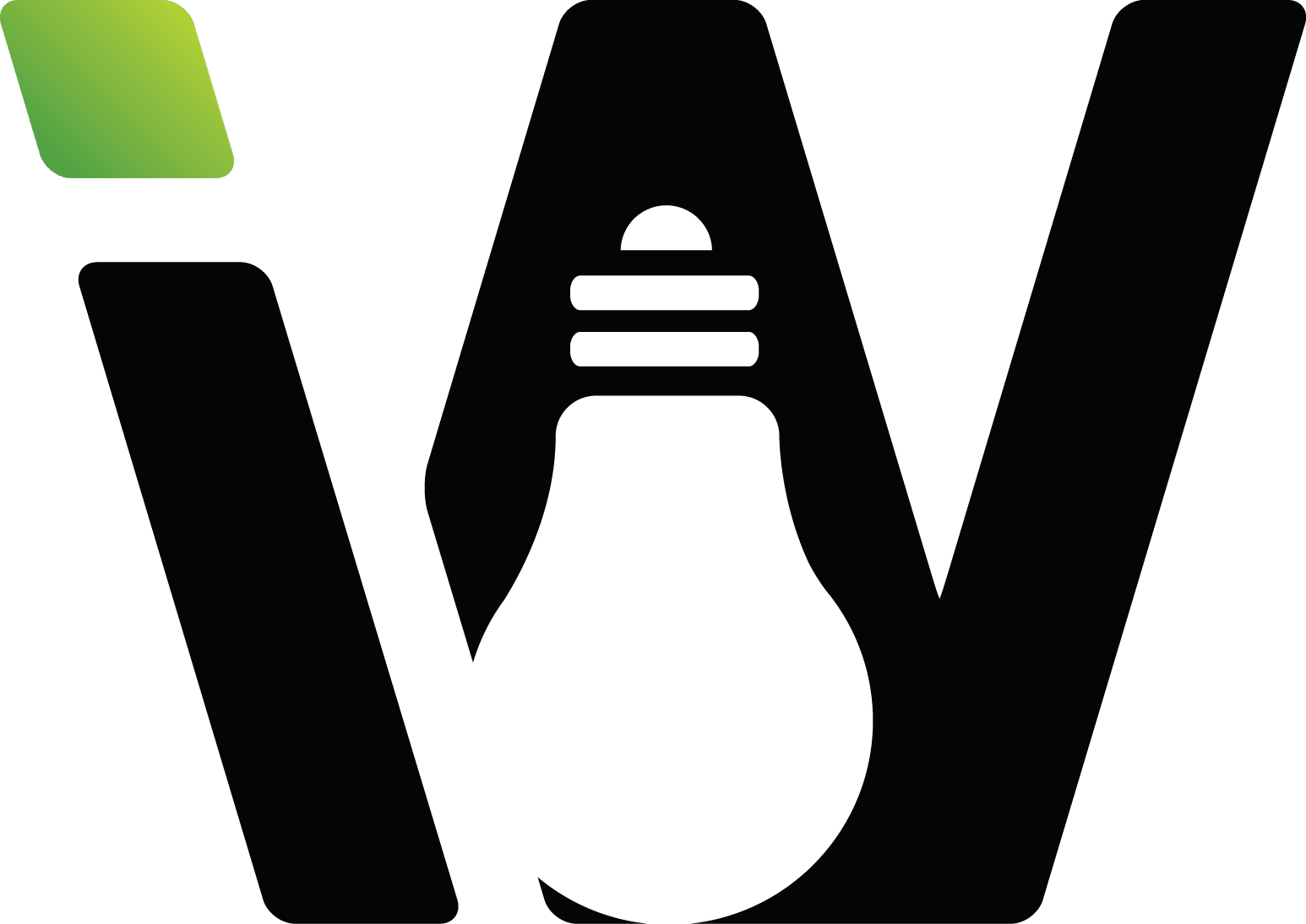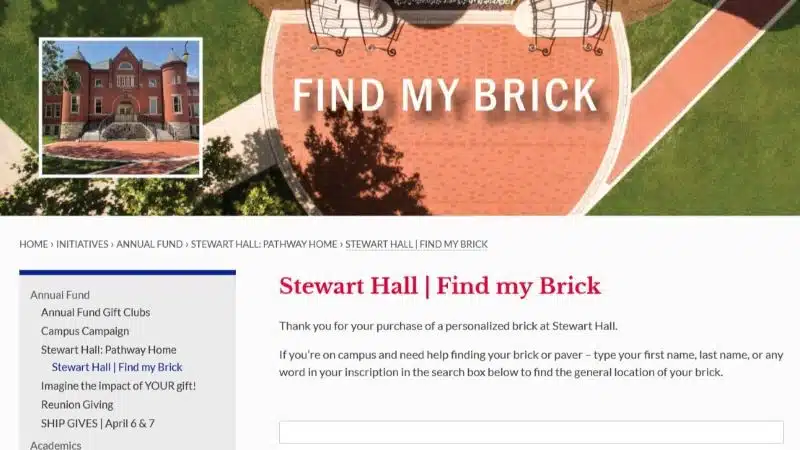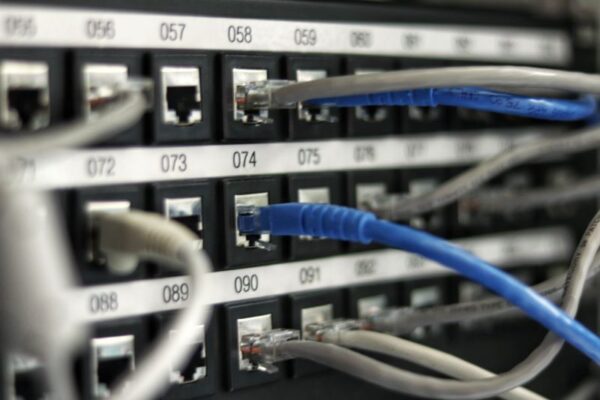Decoding the Essentials of Endpoint Detection and Response (EDR)
In the intricate landscape of cybersecurity, one term has risen to prominence – EDR, which stands for Endpoint Detection and Response. At iWAT, we believe that understanding the nuances of EDR Cybersecurity is pivotal for businesses aiming to fortify their defenses against evolving cyber threats. Let’s embark on a journey to unravel the essence of EDR and its transformative role in safeguarding the endpoints within your network.
Defining EDR Cybersecurity:
Endpoint Detection and Response Cybersecurity is a specialized framework meticulously crafted to detect, investigate, and respond to security incidents originating from endpoints. In this context, endpoints encompass a spectrum of devices – from computers and laptops to smartphones and servers – essentially, any device linked to a network.
The Core Objective:
At iWAT, we recognize that the core objective of EDR Cybersecurity is to empower organizations to swiftly identify and mitigate security threats. While traditional antivirus software and firewalls play crucial roles, they may fall short when confronting sophisticated cyber-attacks. EDR steps in as a proactive and responsive solution designed to address the dynamic landscape of modern cyber threats.
Why EDR Matters:
Our belief in the importance of EDR stems from its ability to provide real-time monitoring, proactive threat hunting, and rapid incident response. In an era where cyber threats continually evolve, EDR Cybersecurity stands as a strategic layer of defense, ensuring the resilience of your organization’s digital infrastructure.
Your Guide to EDR:
To demystify the world of EDR Cybersecurity, we’ve crafted a Beginner’s Guide to Endpoint Detection and Response. Whether you’re a seasoned IT professional or navigating the complexities of cybersecurity for the first time, our guide is designed to provide insights into the essentials of EDR.
#EDRCybersecurity #EndpointProtection #CybersecurityFramework #ThreatDetection #RapidResponse


























